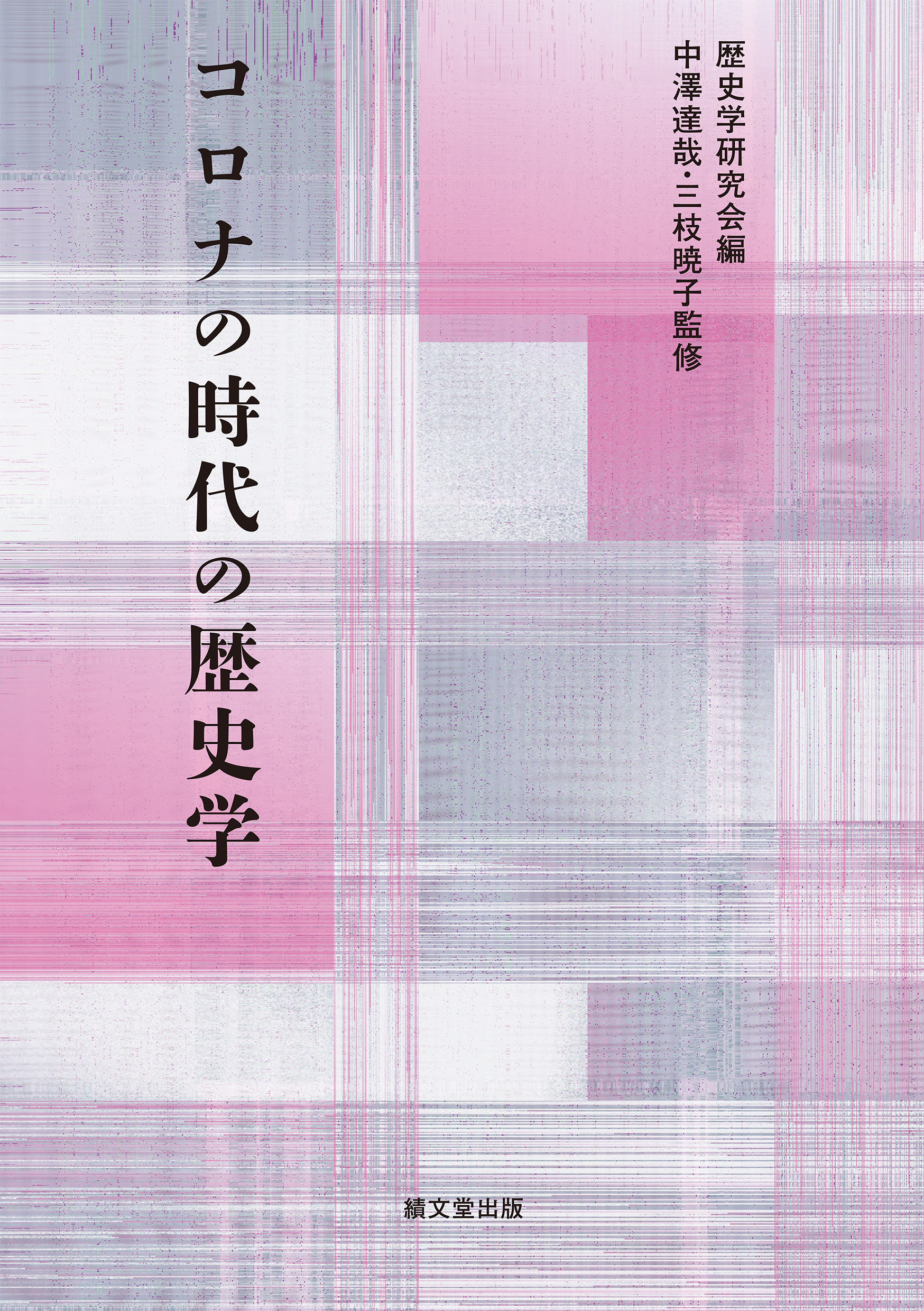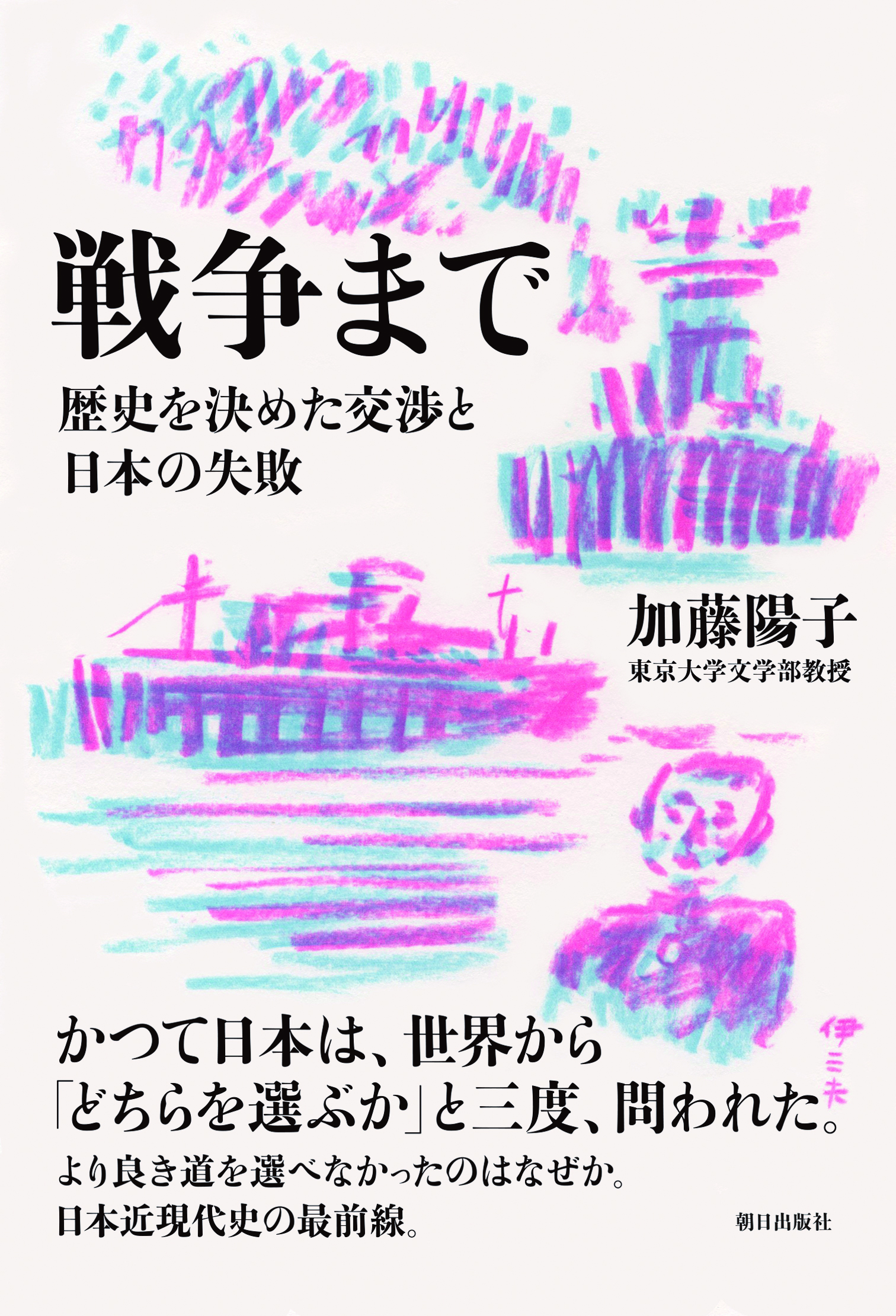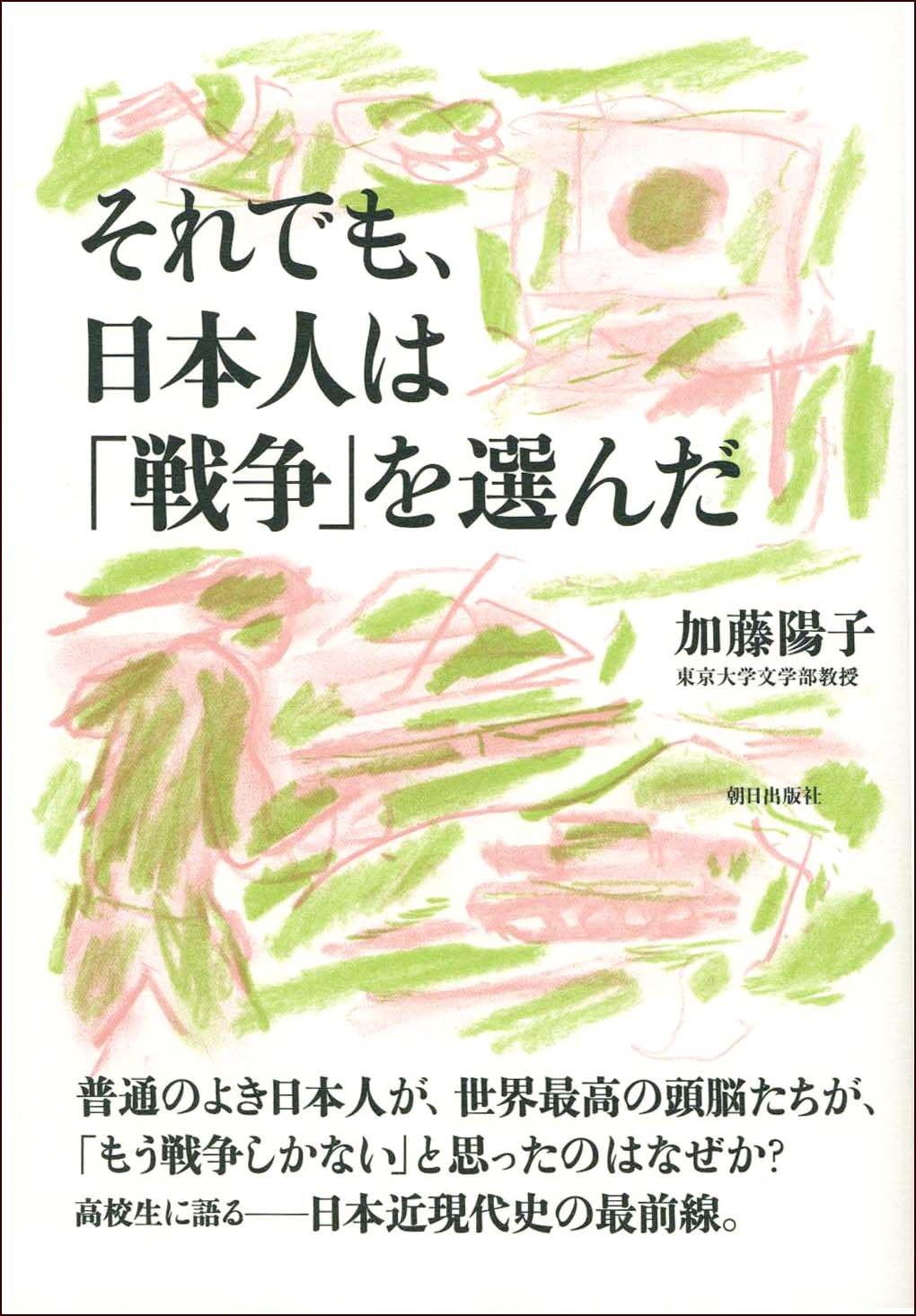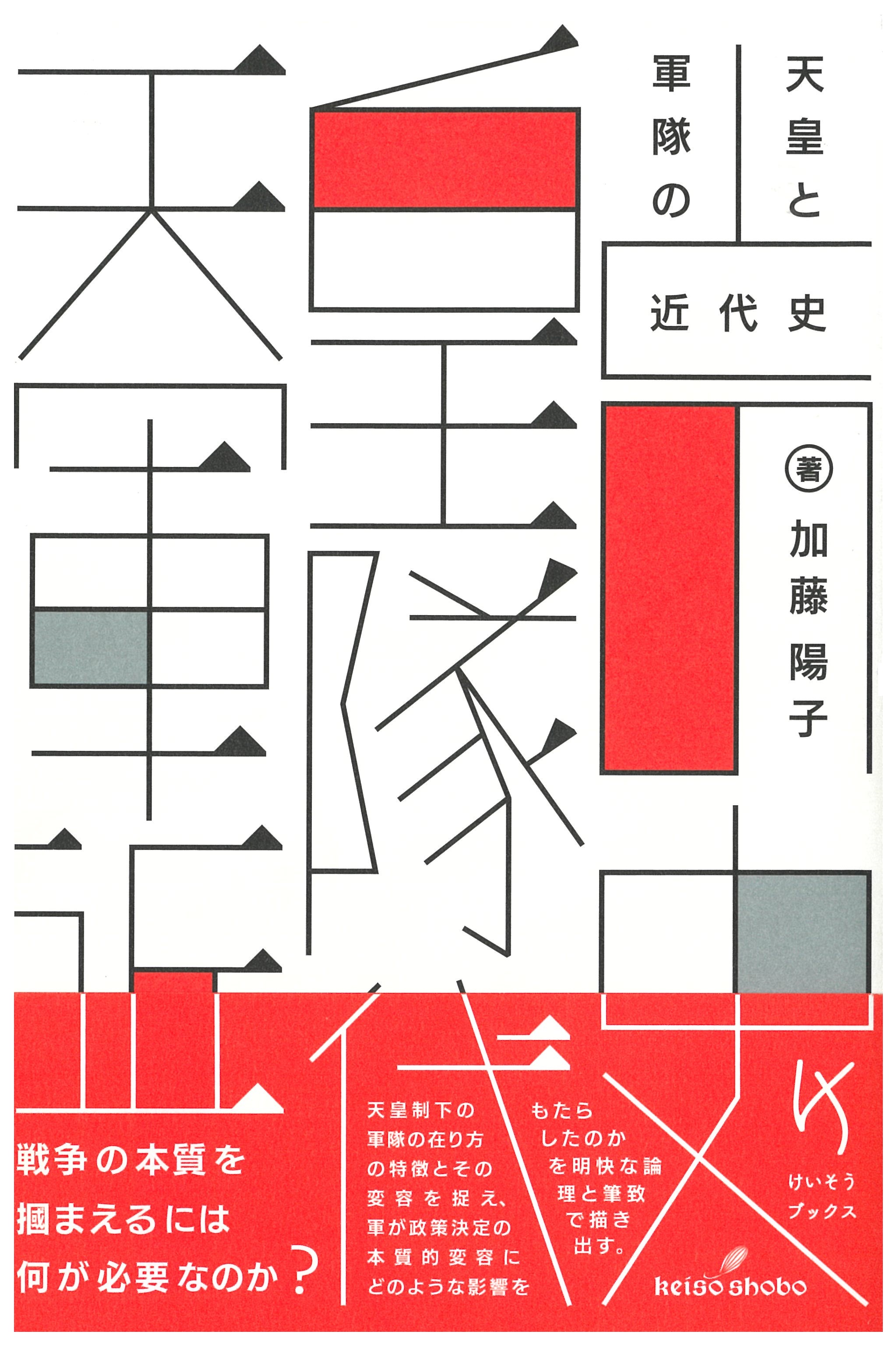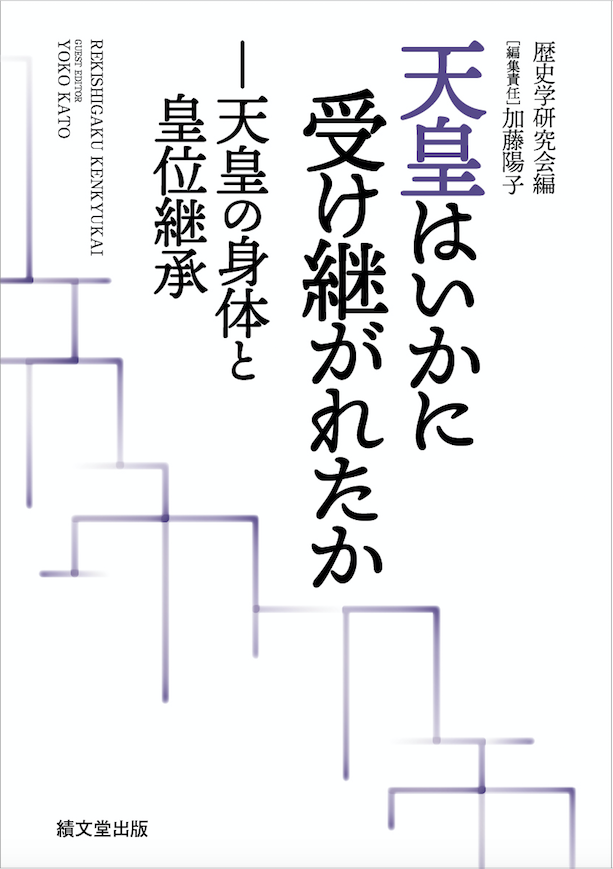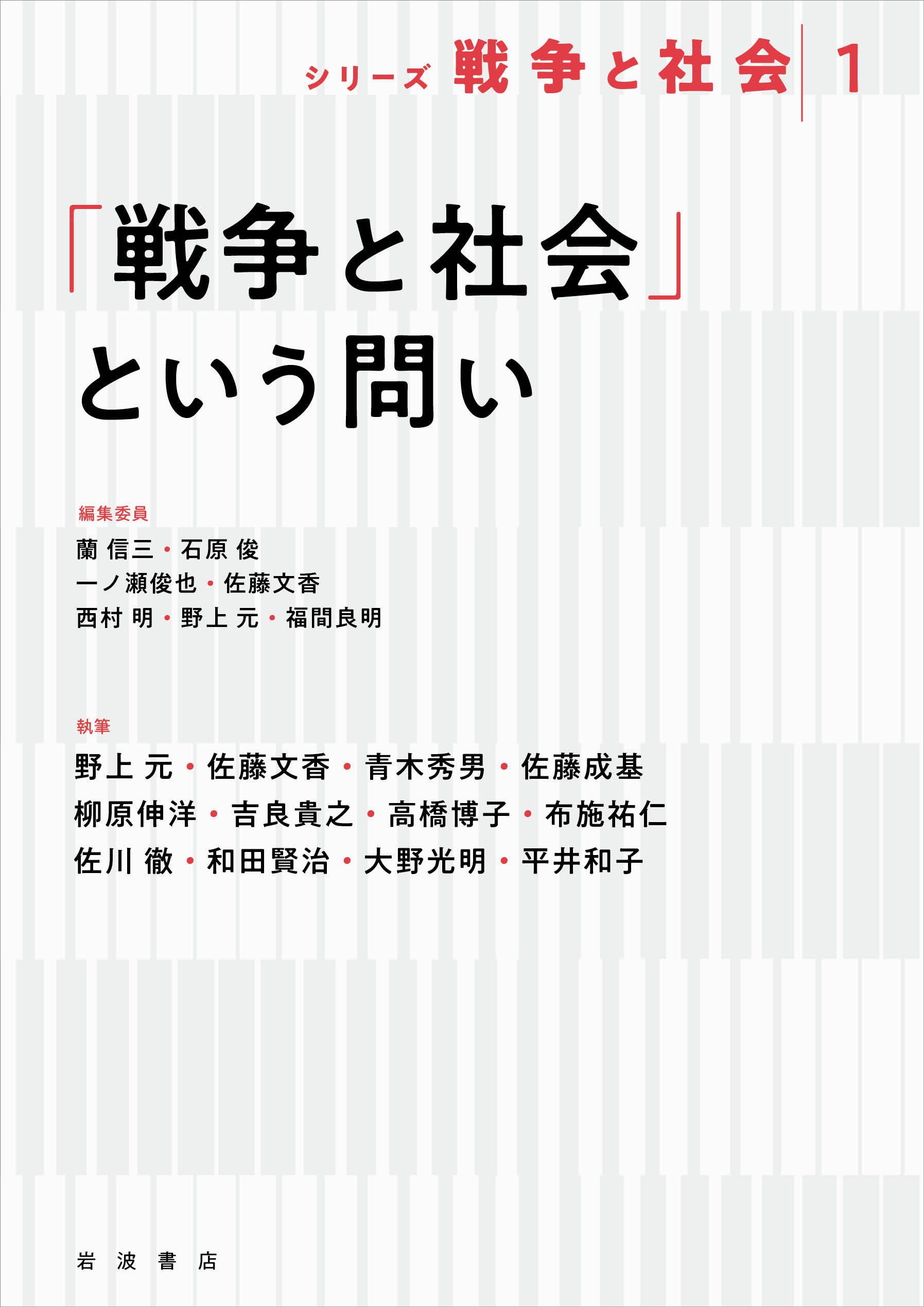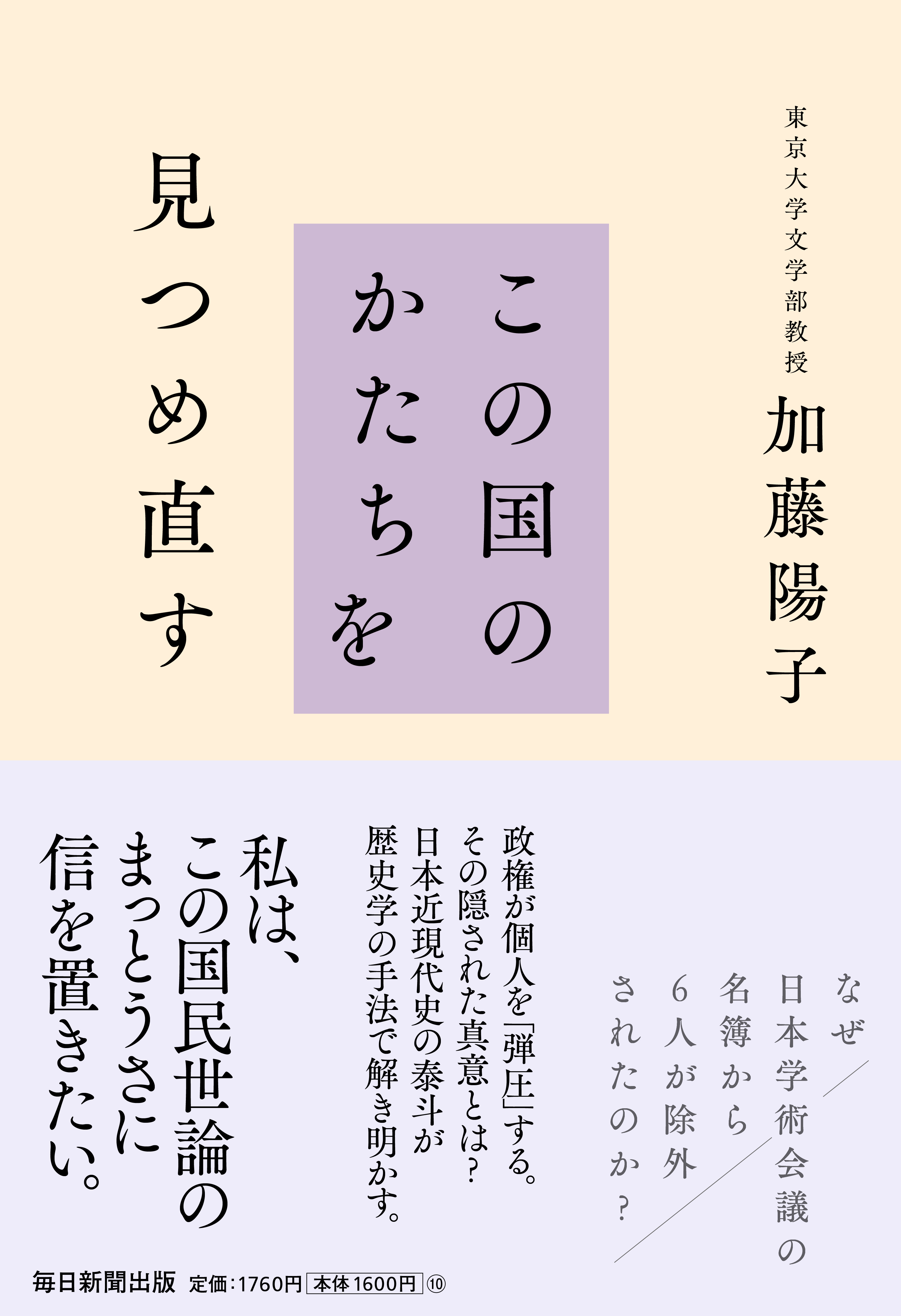
Title
Kono Kuni no Katachi o Mitsume Naosu (Reexamining the Shape of This Country)
Size
288 pages, 127x188mm
Language
Japanese
Released
July 27, 2021
ISBN
978-4-620-32690-0
Published by
Mainichi Shimbun Publishing Inc.
Book Info
See Book Availability at Library
Japanese Page
This book is made up of two kinds of writings. One is taken from installments of Jidai no Kaze (“The Winds of the Times”), a column that started running in Mainichi Shimbun in April 2010; the other is taken from installments of Kindai-shi no tobira (“Gateway to Modern History”), a column that started running in April 2020, also in Mainichi Shimbun. The two columns are separated by exactly a decade.
However, in 2011, during the writing of The Winds of the Times, the Great East Japan Earthquake caused the Tokyo Electric Power Company Fukushima Daiichi Nuclear Power Plant to lose power and become uncontrollable. And in 2020, during the writing of Gateway to Modern History, COVID-19 spread around the world. During a grave crisis triggered by a great calamity, how did the government respond to a nuclear disaster? Faced with an unknown infectious disease, how did the government strike a balance between health care and the economy? Both columns tried to accurately depict the national state of emergency that was unfolding from the special analytical perspective of historiography.
As the English historical philosopher R. G. Collingwood stated (R. G. Collingwood, An Autobiography [TAMAI Osamu, trans., Shisaku e no tabi: Jiden, Miraisha, 1981]), historiography is a field of study that considers why the institutions, organizations, and logic from a certain era appeared or were created in that era. It has the academic characteristic of examining for what reason the statesmen of that era and the people who lived in it created those institutions, organizations, and logic.
Japan’s gross national product (GDP) in FY2020 recorded a real growth rate of –4.6%, which was the largest drop since FY1995, a comparable year. This means that the GDP fell even lower than it had after FY2008, when the bankruptcy of Lehman Brothers triggered a disruption in the global financial system. Both the beginning and the end of the decade between the initial run of the two columns were arguably times of extraordinary economic crisis for Japan and the world.
I specialize in Japanese diplomacy and military affairs from the 1930s. During the 1930s, there was both a worldwide economic crisis and a military crisis in the Far East, involving the competition of the UK, US, USSR, and Japan. Whenever I examine the times between 2010 and now, my brain cannot help but use this 1930s history file as its reference index, and in terms of economic crises, empirical studies on the 30s ended up being the most suitable reference standard for this book.
The title of this book is based on Shiba Ryōtarō’s column, Kono Kuni no Katachi (“The Shape of This Country”), which started running in Bungei Shunjū in 1986 (and was later published in book form as Kono Kuni no Katachi, Bungei Shunjū). In times of crisis, it is imperative for people to question and reexamine their relationship to their nation. This book was written as a handbook for doing that.
(Written by KATO Yoko, Professor, Graduate School of Humanities and Sociology / 2023)



 Find a book
Find a book


 eBook
eBook